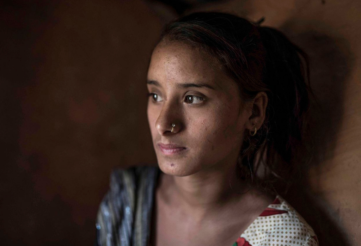How Many Days Would You Lose?
What if you had to miss school or work because you did not have proper menstrual supplies? How many days per year would you lose in education and wages simply because you got your period? What if no one ever taught you about menstruation, or worse: if menstrual taboos and myths made you feel ashamed of your body? This is the situation for more than 500 million women, girls and menstruators worldwide. It's called Period Poverty.¹
Period Poverty
Period poverty is a term used to describe the struggle that many women and girls face because they lack access to adequate menstrual health management supplies and education, and it can have serious consequences.
The Impacts of Period Poverty
While the evidence is still developing, we know that without access to available, safe, affordable period products - and safe and convenient facilities with water and soap - menstruators may experience the following in their lifetime.**

Health Challenges
Health challenges including urinary and genital infections and unmanaged menstrual pain happen when menstruators do not have access to menstrual health education and supplies.²

Stigmatization and Shame
Stigmatization and shame that excludes them from everyday family and community activities occurs in countries around the world. This can lead to isolation, depression, abuse, neglect, sexual exploitation and even suicide.²

School and Work Absenteeism
Challenges at school and in the workplace including absenteeism, wage loss, and difficulty focusing or performing as usual occur when women and girls cannot access cost-effective and safe menstrual health solutions. ²
The Global Impact
When women cannot tend to school, work or familial responsibilities because of period poverty, this impacts their families, communities and nations.²
LEARN MORE
The Days for Girls Solution
Days for Girls provides holistic menstrual health education, increases access to menstrual products, trains Social Entrepreneurs and advances global menstrual equity through partnerships with governments and health coalitions.
Get Involved Today!
Sources:






